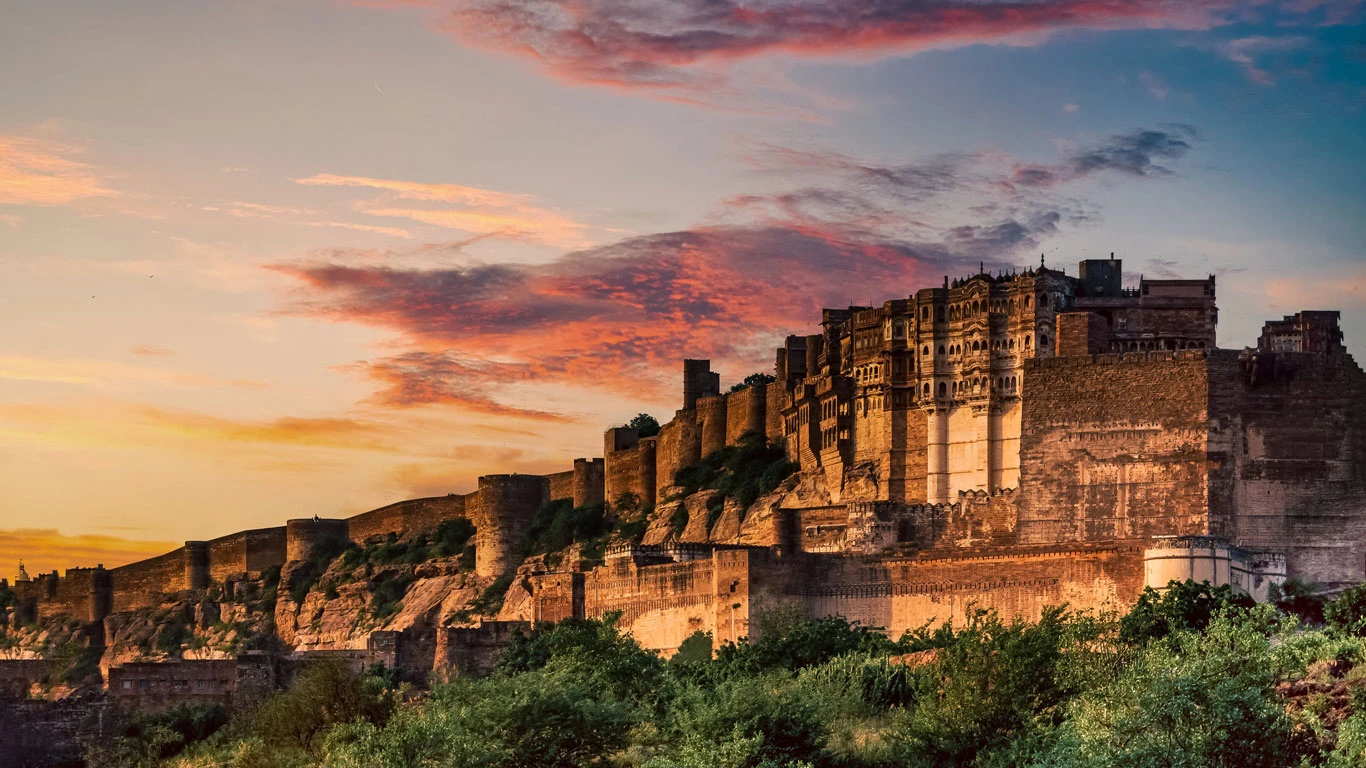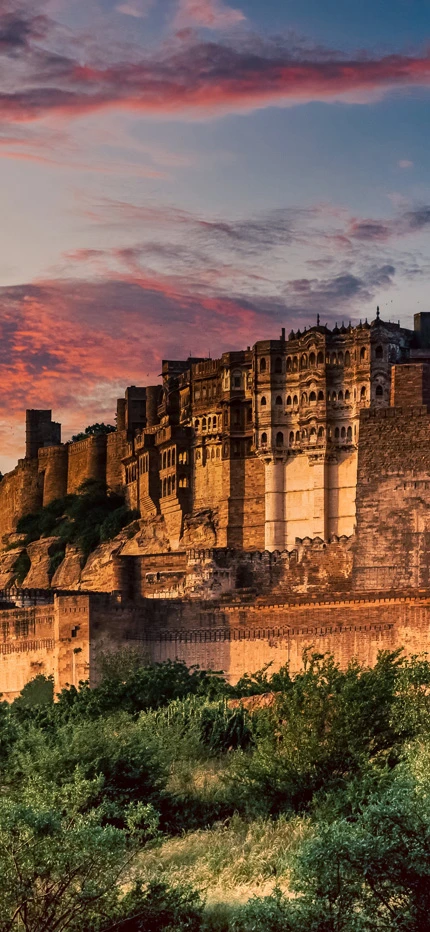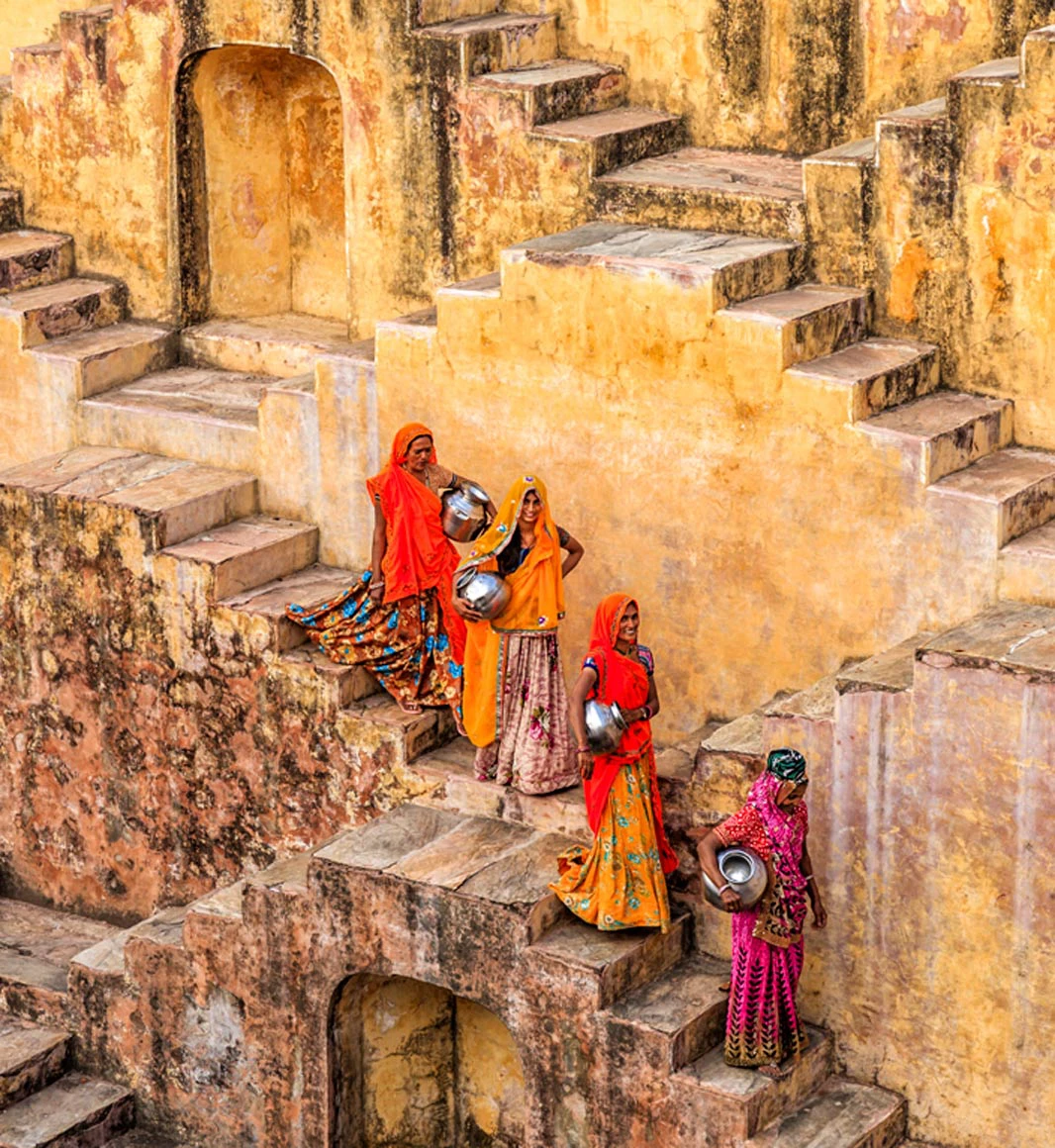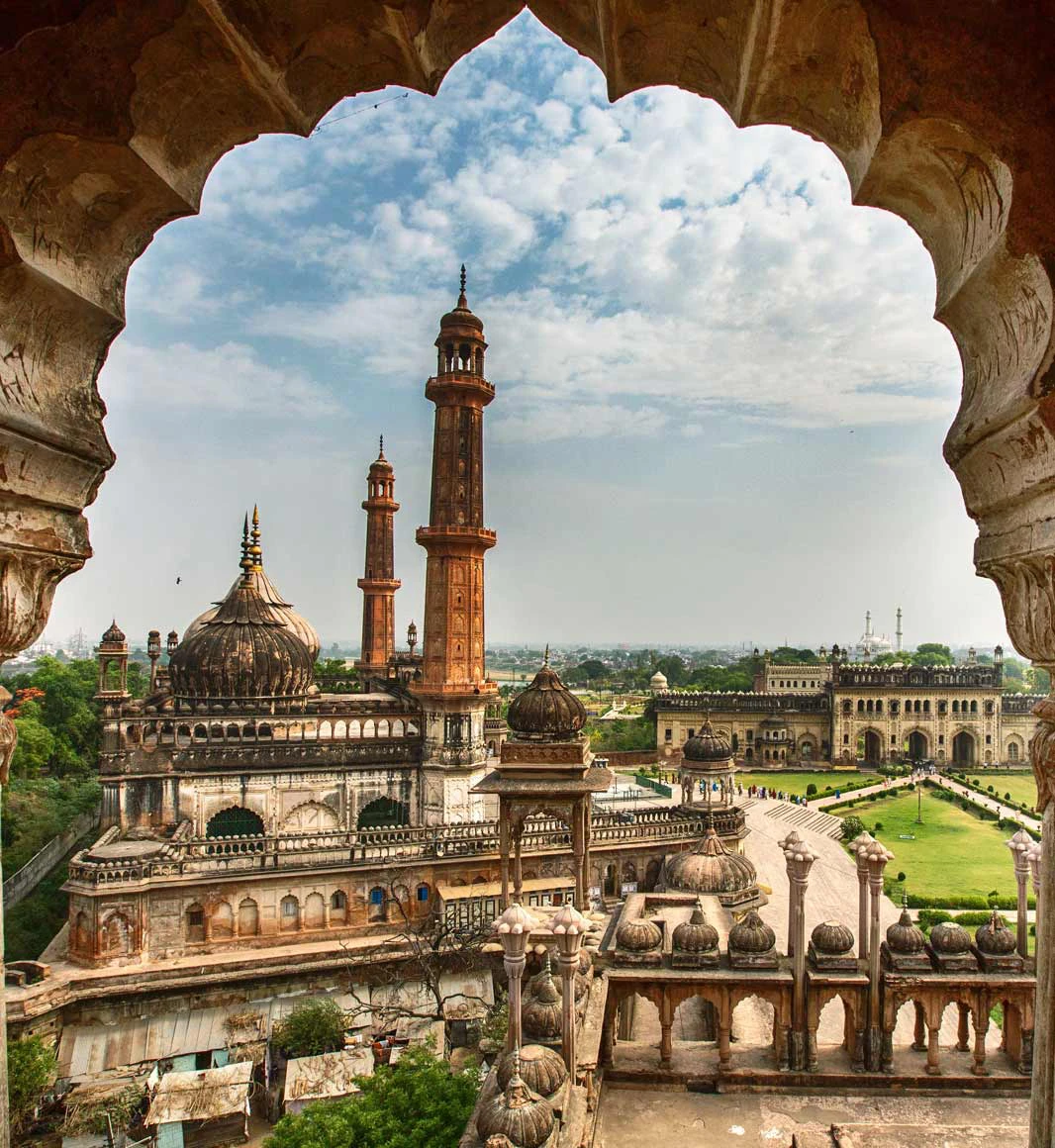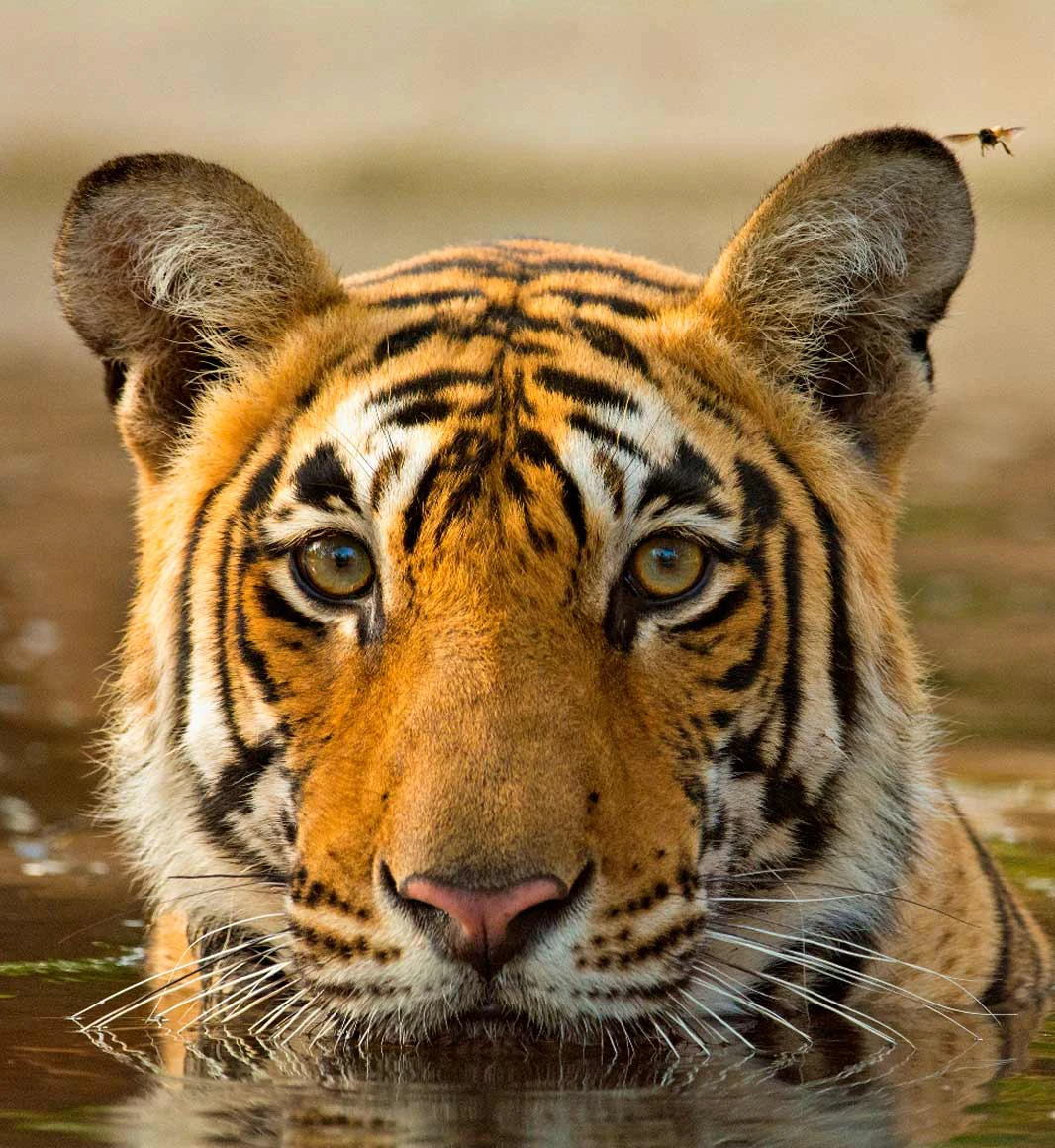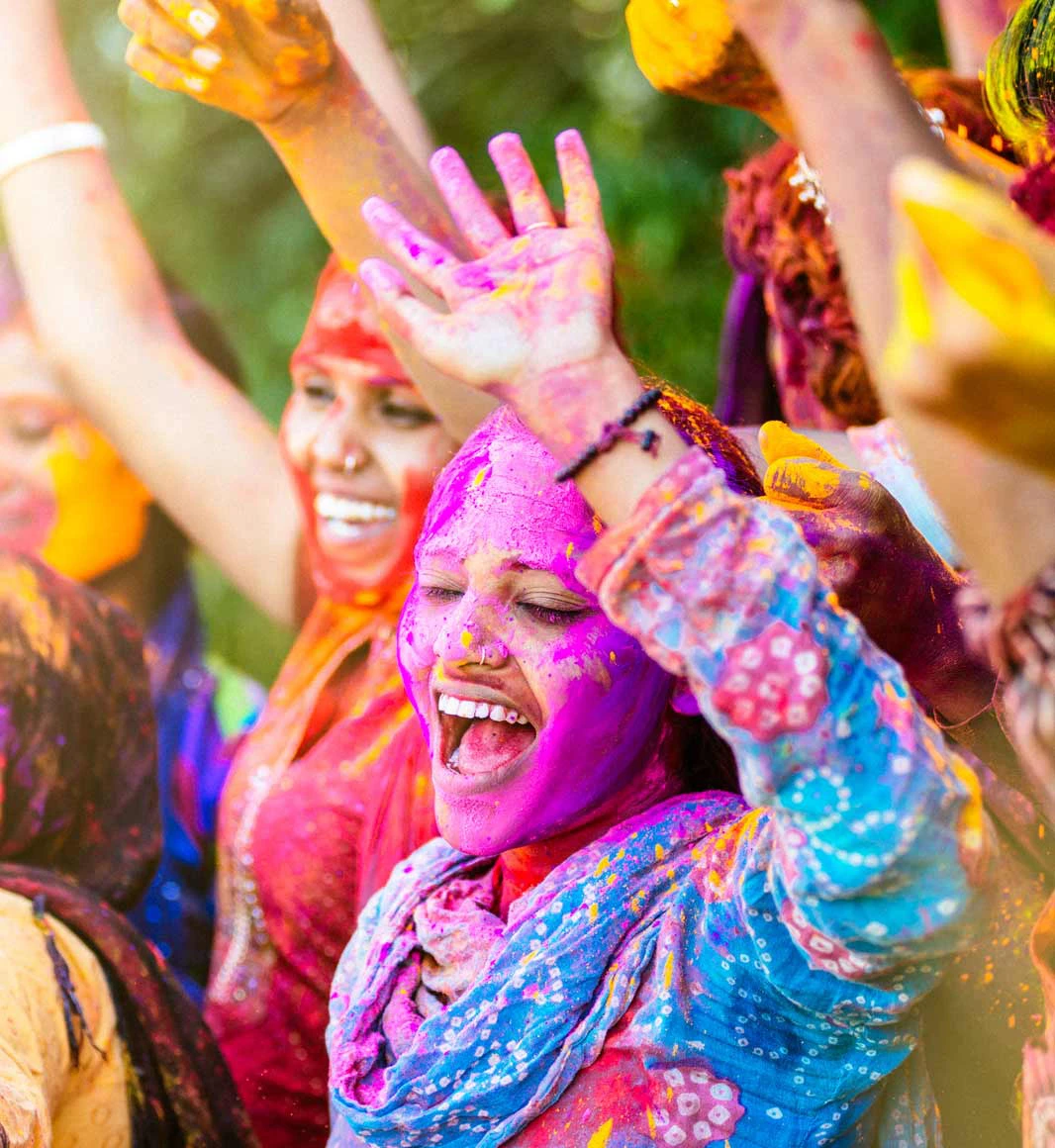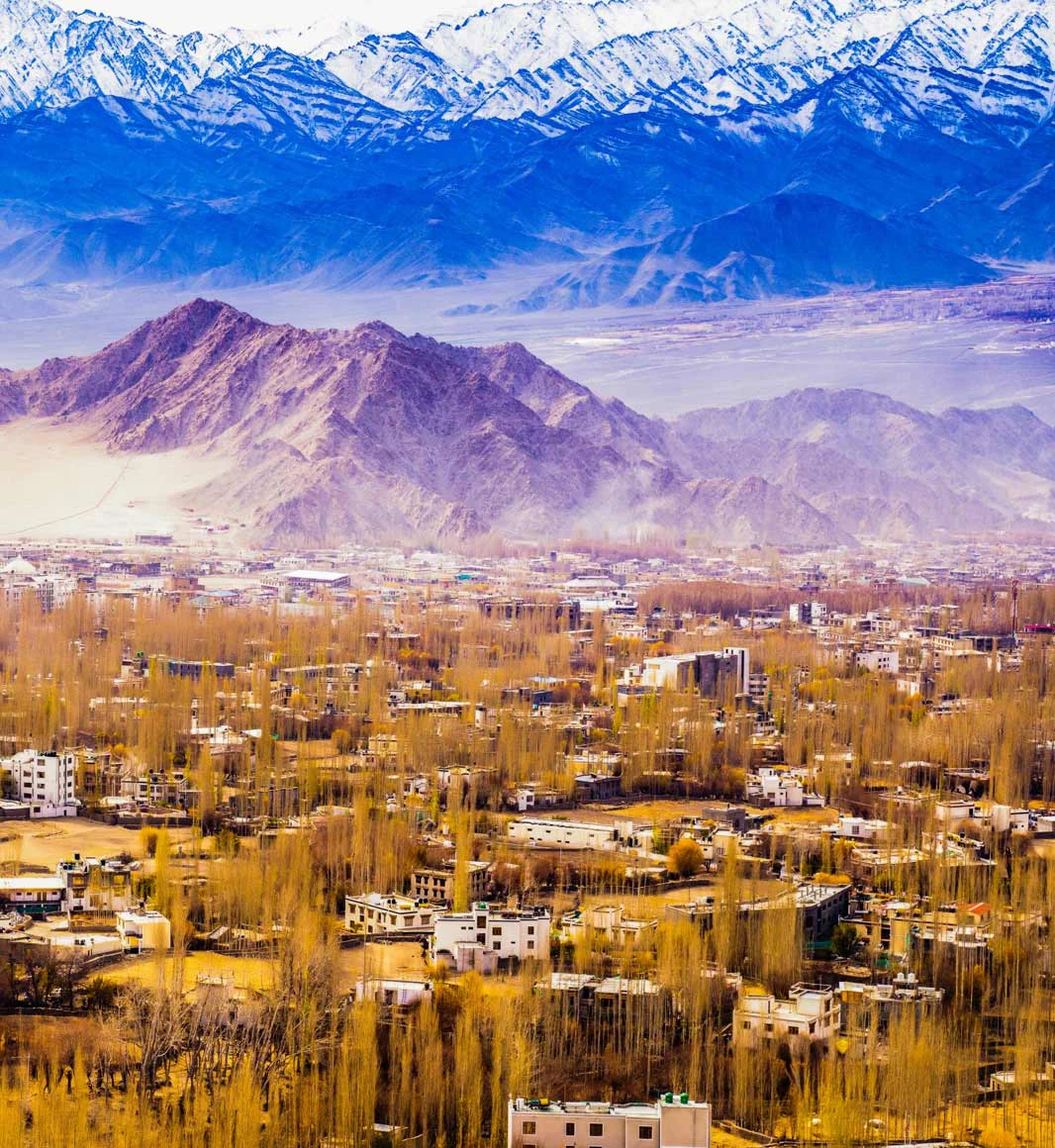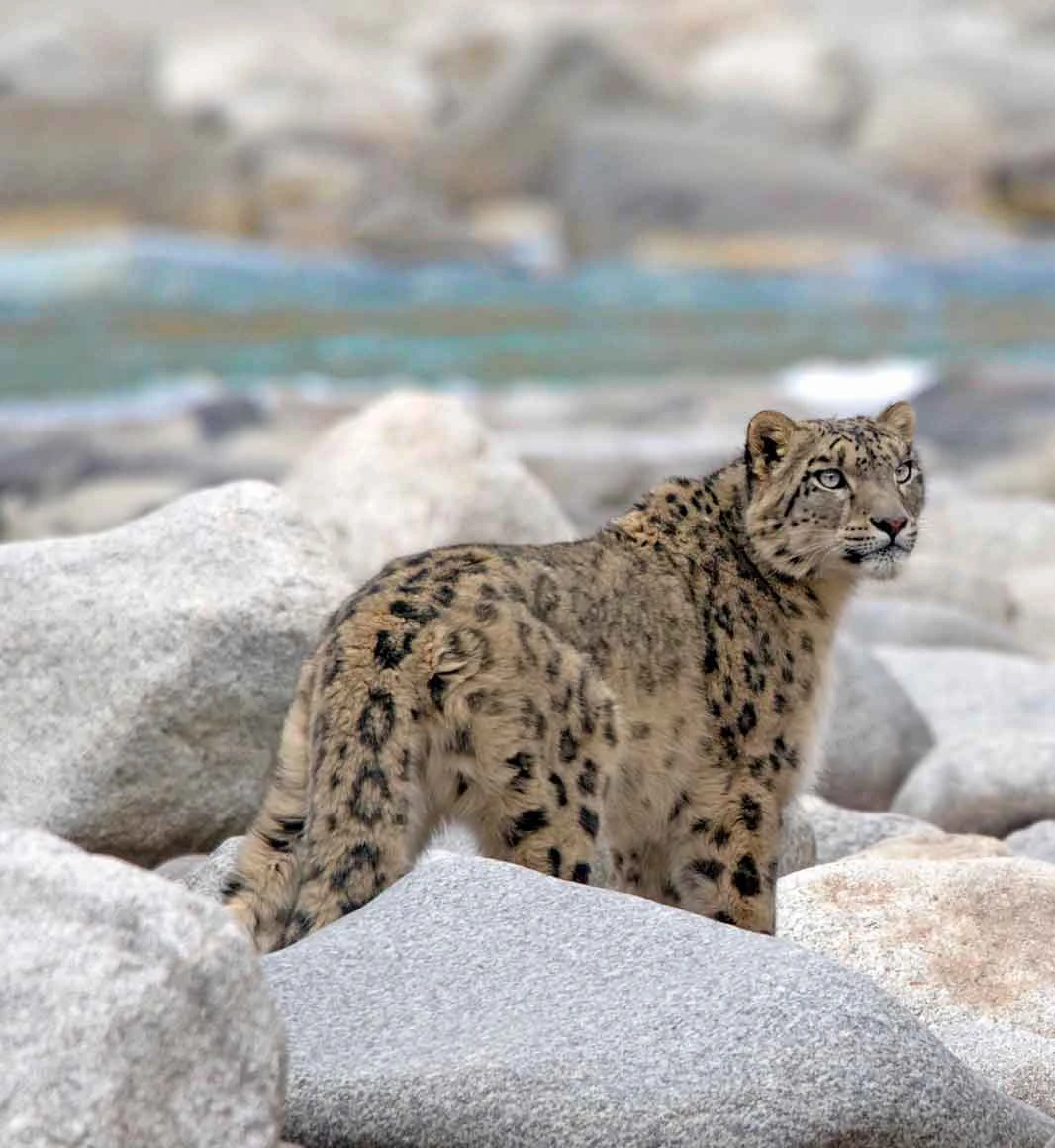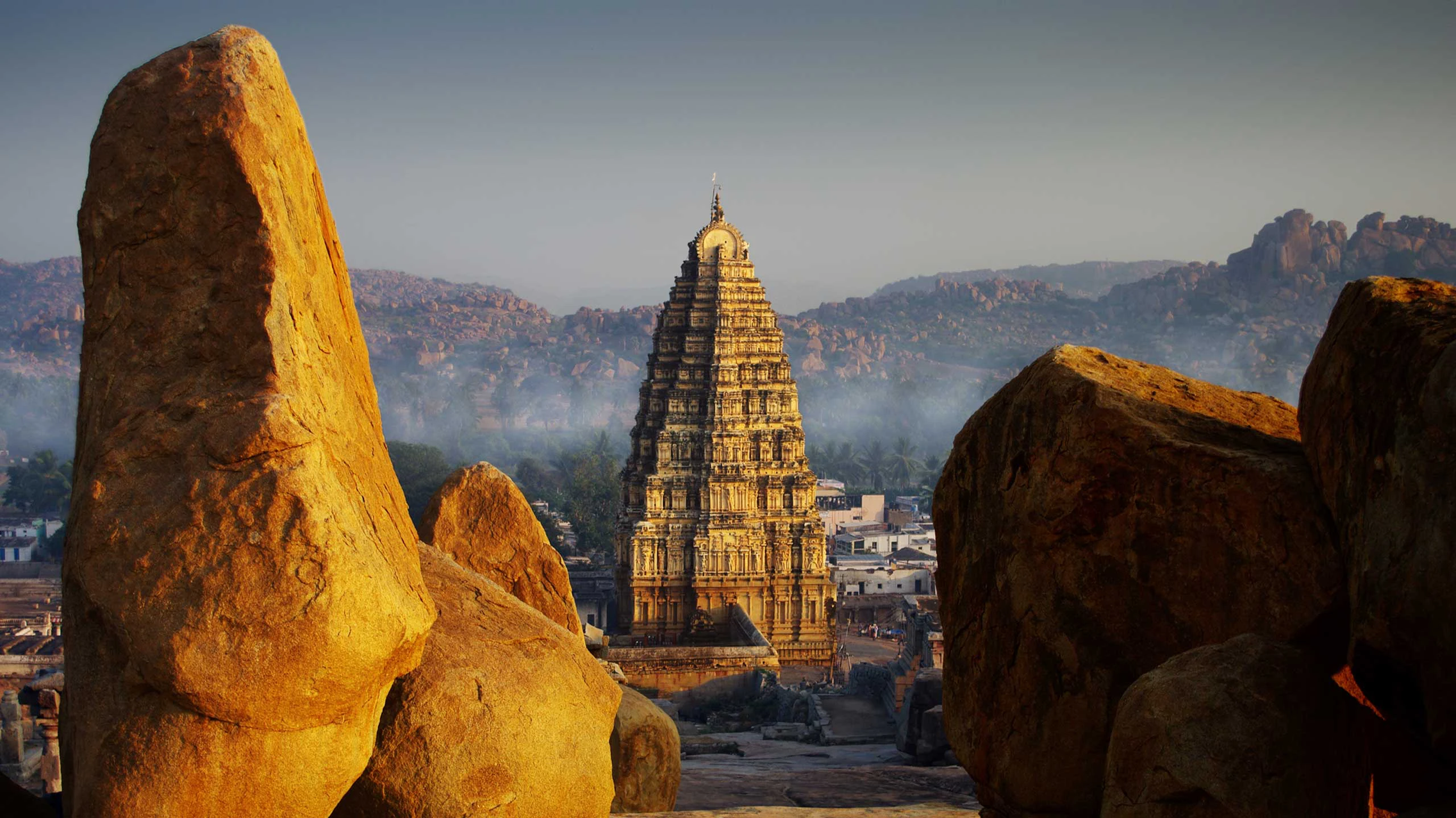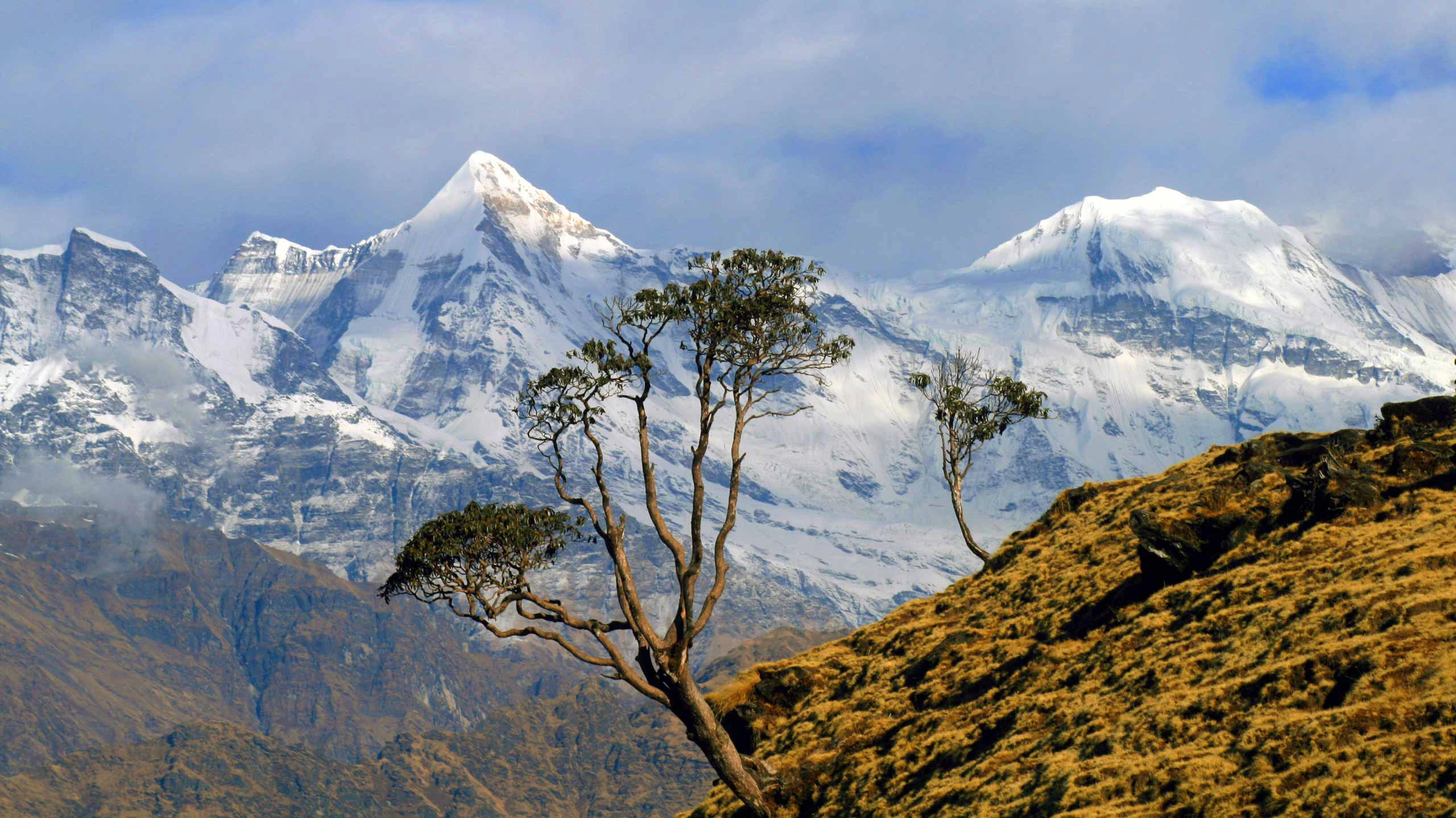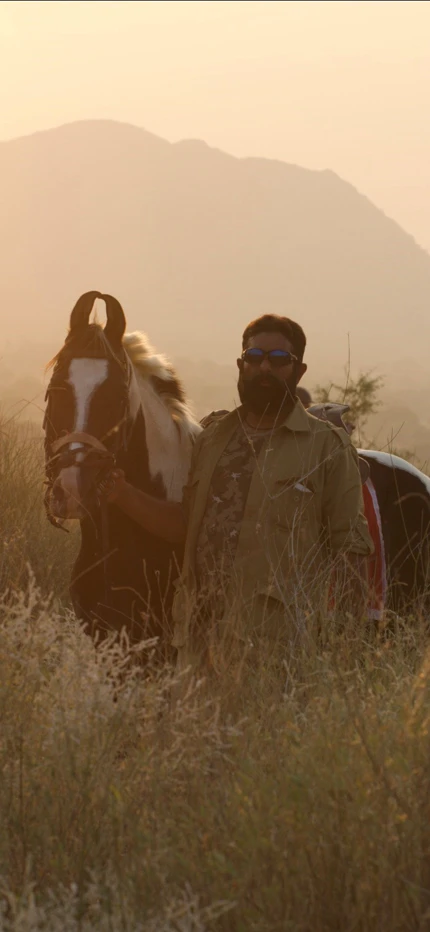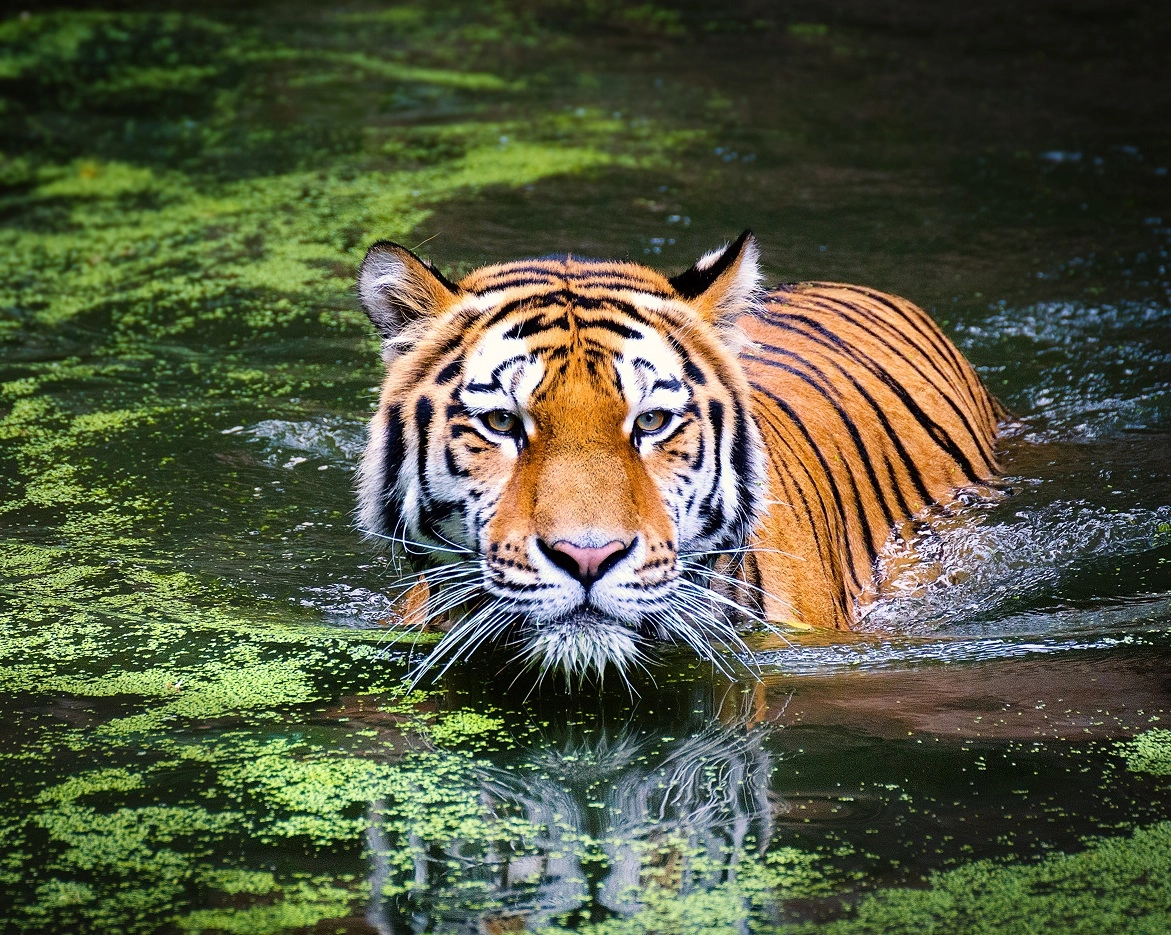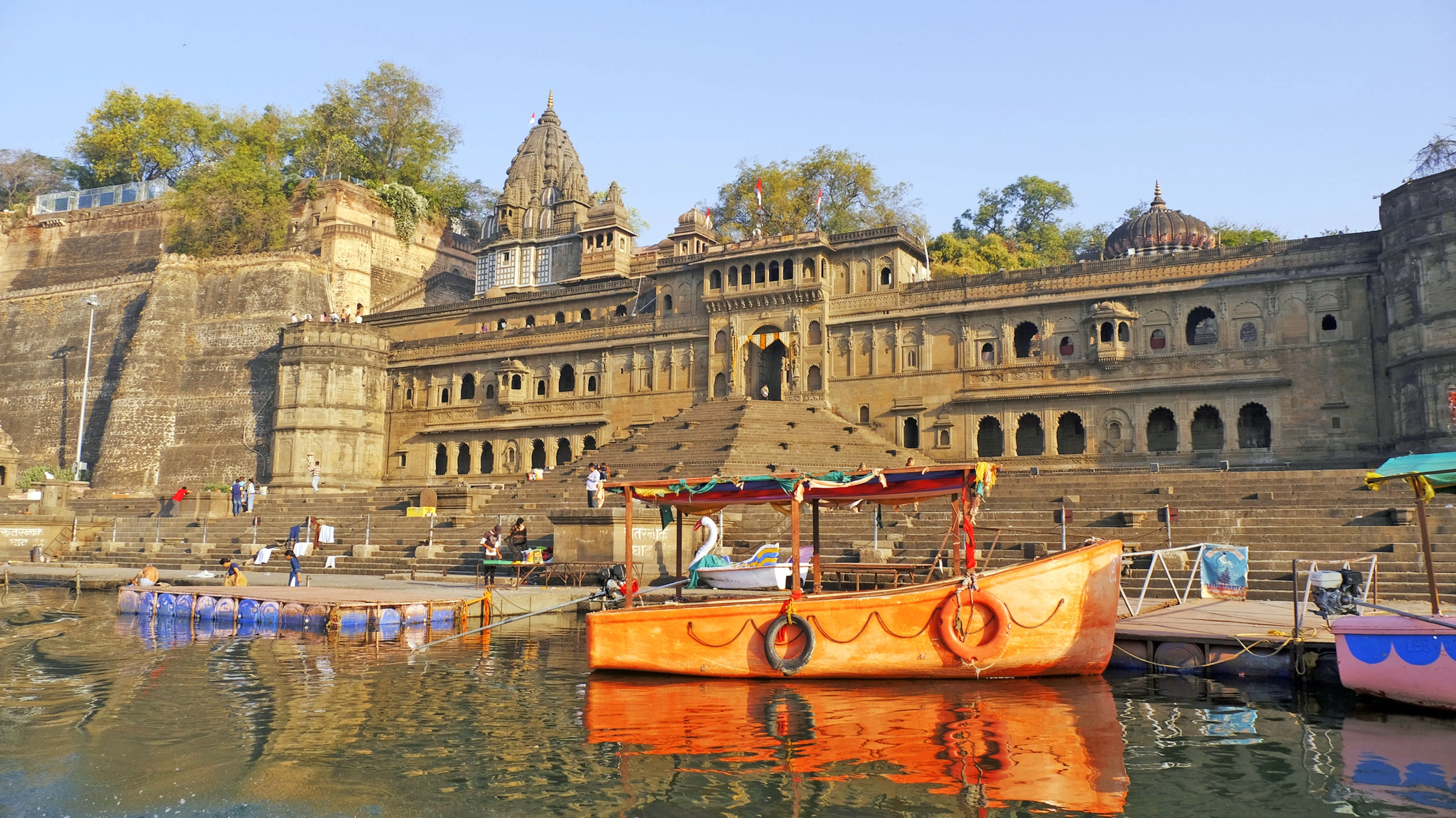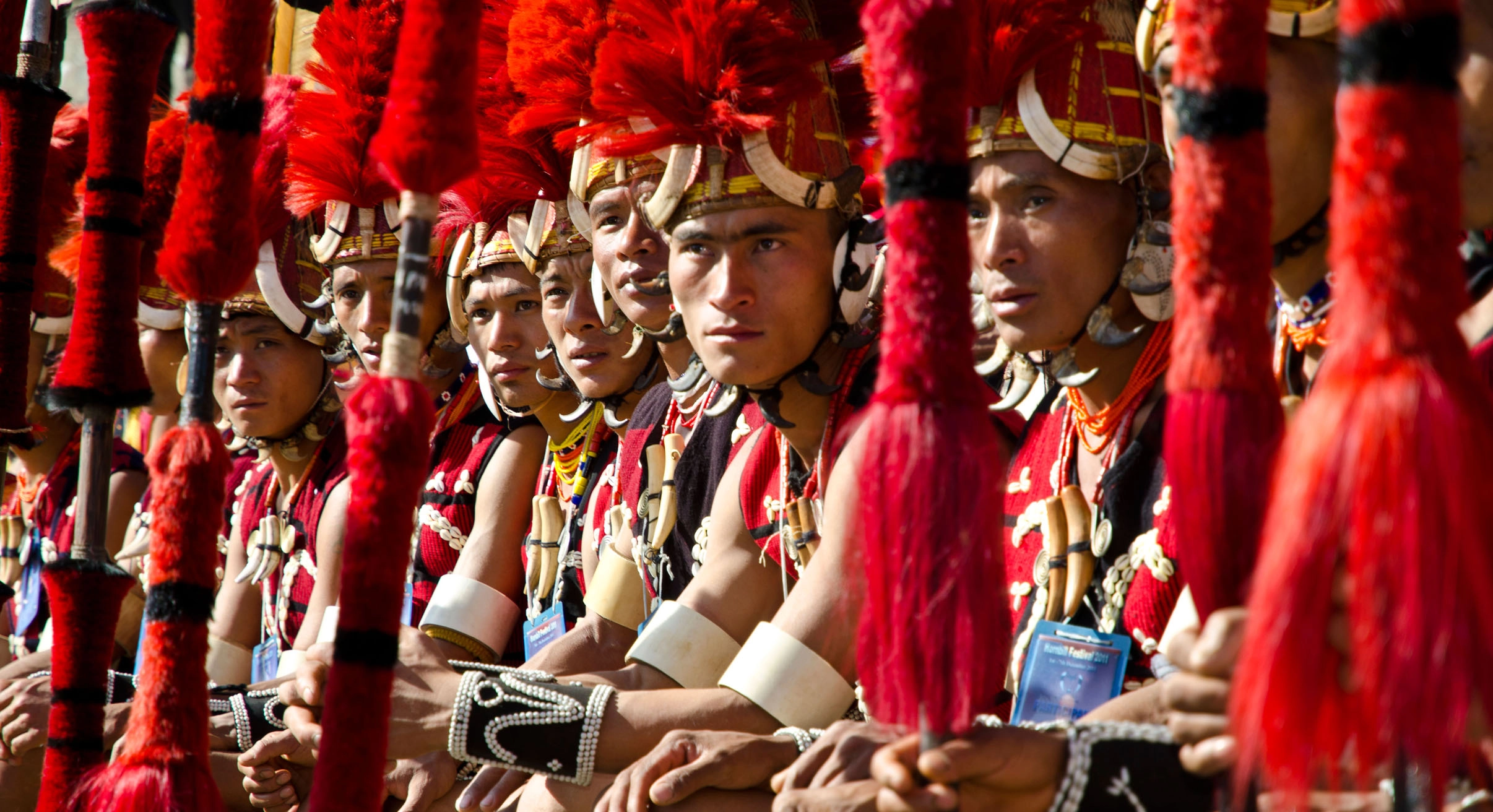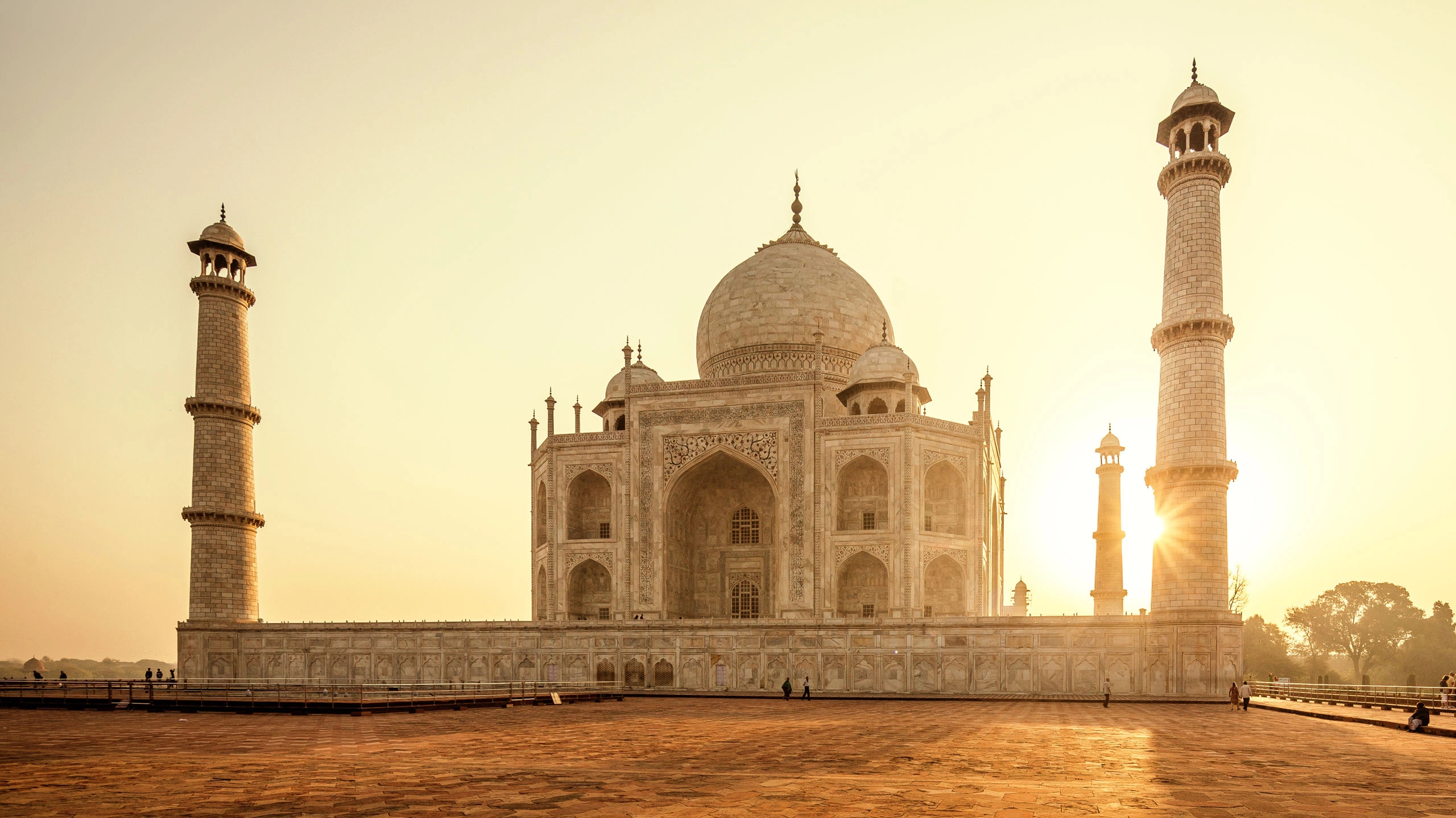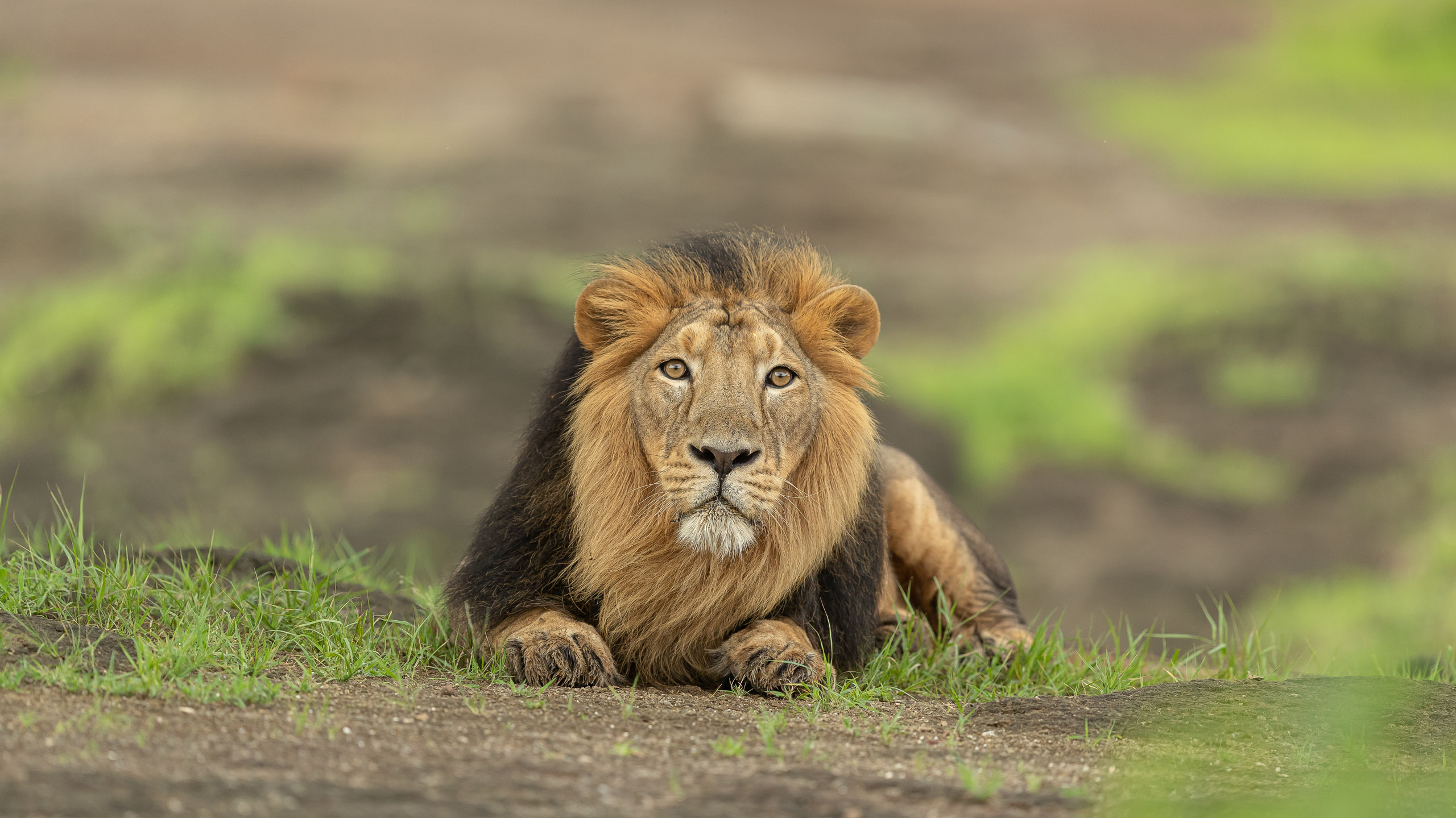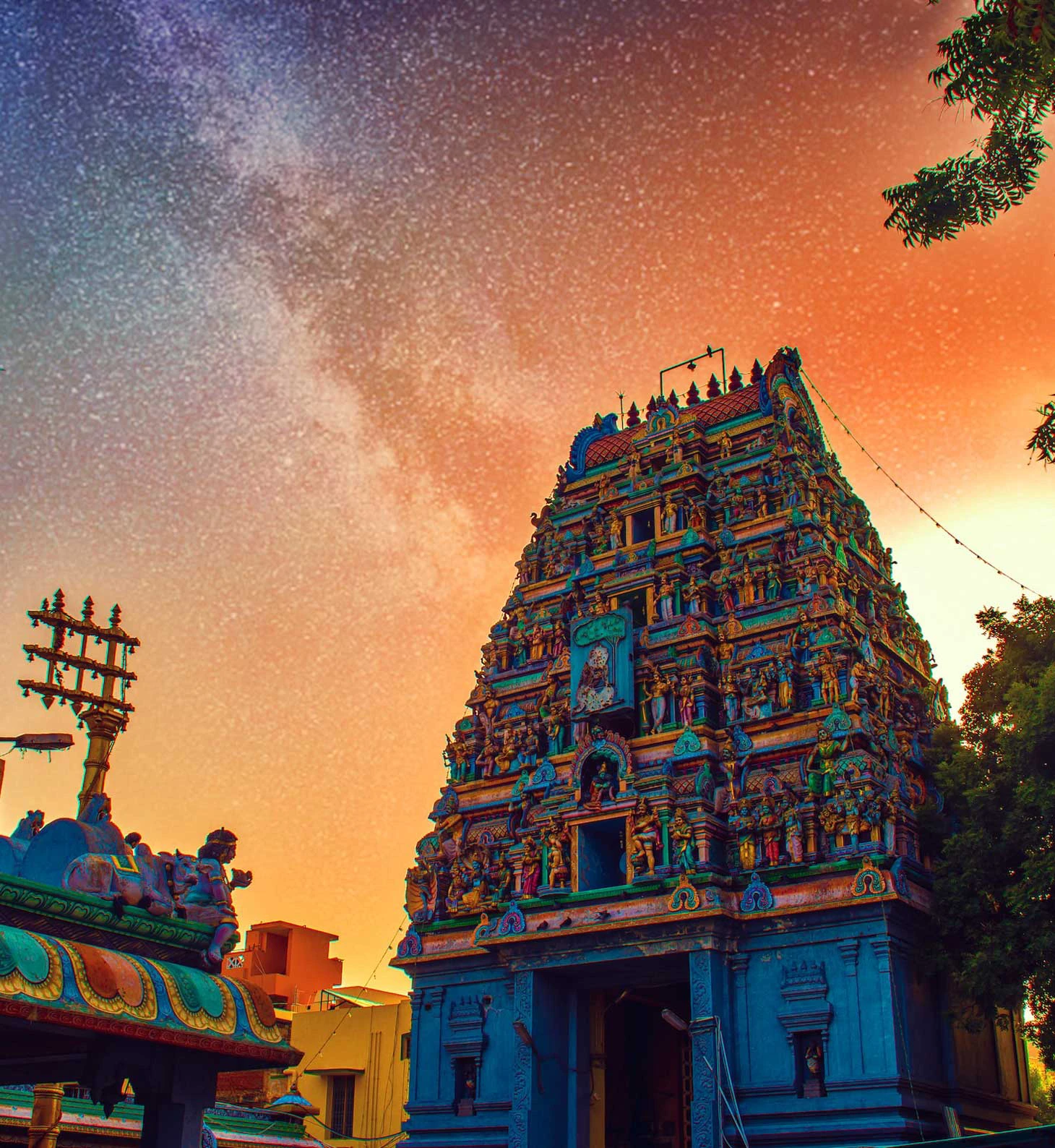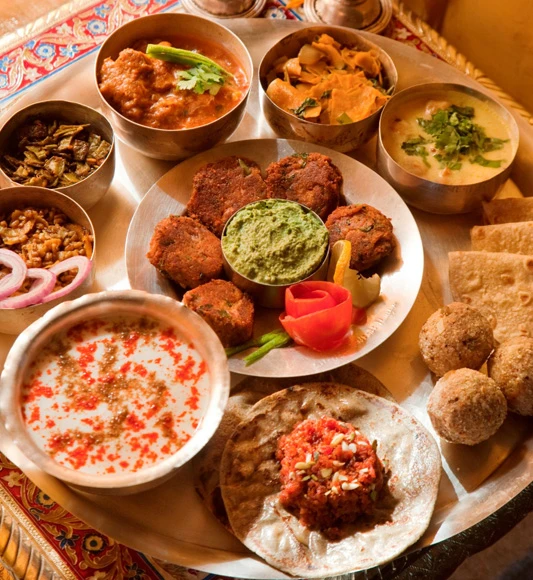Luxury Travel in India
Few places on earth can match the diversity of India’s cultures, landscapes and wildlife.
From snowy monasteries high in the Himalayas to the palm-fringed beaches of the Andaman Islands; from the monsoon forests of Assam to a Rajasthani desert fort, India is a cornucopia of colours, sounds, tastes and smells. It is a land of dazzling complexity. Much is noisy and chaotic. Yet nowhere else offers such profound peace. The only thing to do is surrender and prepare yourself for amazement and serendipity at every turn.
Ready to take the road less travelled?
Signature India Journeys
Explore our handpicked collection of India’s most extraordinary journeys — each signature journey is designed to immerse you in the heart of the wild.
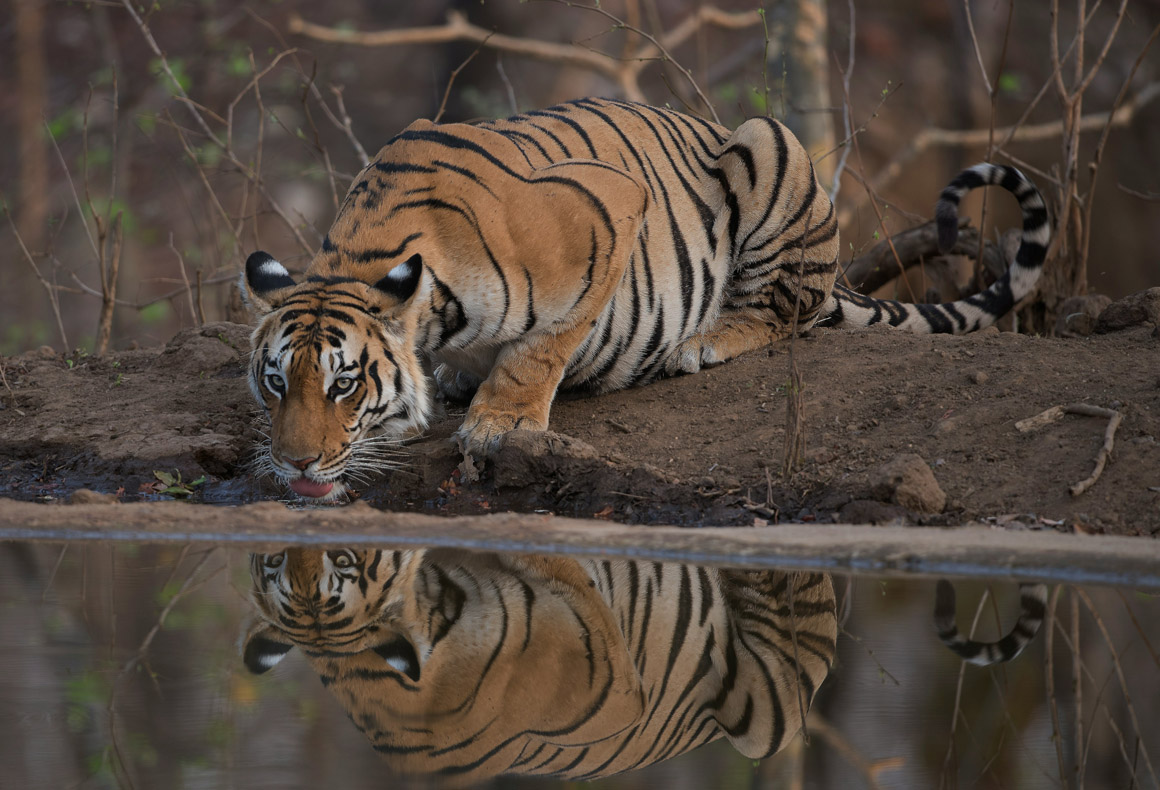
While India is virtually synonymous with the tiger safari, few realise that the country is also one of the finest places on the planet to see leopard, and the only place to see wild Asiatic lion. Thanks to a handful of visionary lodge-owners and conservationists, it is now possible for the very first time to knit together three very different locations and see these extraordinary cats seamlessly, without the crowds and in uncompromising style. Welcome to our Indian big cat safari!
While India is virtually synonymous with the tiger safari, few realise that the country is also one of the finest places on the planet to see leopard, and the only place to see wild Asiatic lion. Thanks to a handful of visionary lodge-owners and conservationists, it is now possible for the very first time to knit together three very different locations and see these extraordinary cats seamlessly, without the crowds and in uncompromising style. Welcome to our Indian big cat safari!
“Having both lived and travelled all over India, our team has the inside information and connections to turn the ordinary into the extraordinary.”
No matter if you’re travelling to India for the very first time or are an old hand returning for your twentieth visit, having the best information on where and when to go and, more importantly, how to explore is key. At Explorations Company, we’ve been designing captivating and utterly bespoke travel itineraries in India for decades. We love revealing the old, traditional India–quirky, sometimes impenetrable, and still very much alive if you know where to look. We can show you the wonders of modern India too. Having both lived and travelled all over India, our team has the inside information and connections to turn the ordinary into the extraordinary. With our hand-picked guides and partners, we create experiences that are simply unavailable elsewhere and can take you far from the beaten path in a style befitting Maharanis and Maharajahs.
Our clients have stayed in royal palaces and tumbledown havelis, dreamy houseboats and sprawling tea plantations, austere ashrams and magnificent tented camps. They have travelled by train, rickshaw, Rolls Royce, private yacht and helicopter. They have seen tigers make a kill in the dappled forests of Madhya Pradesh; shopped for artefacts with an antique dealer in Tamil Nadu; joined in the festivities at Holi and the Kumbh Mela; talked philosophy in the coffee shops of Calcutta; explored crumbling temples in the jungles of Karnataka; had tiffin with memsahibs; spotted leopards from the saddle of a Marwari horse; drifted slowly down the Ganges (and Brahmaputra); learned the secrets of Keralan cuisine from a master chef; and trekked over high passes in Ladakh, through villages in Sikkim and across living tree root bridges in Meghalaya. And that’s barely scratching the surface.
Highlights of a private tour of India
While much of India swelters from April to June and thrums beneath torrential downpours between July and September, the country is so vast and has so many climates that somewhere in India is perfect at any time of year. It would take many lifetimes to explore India thoroughly. Give us a couple of weeks, though, and we’ll show you a glimpse of an India you never dreamed possible.
Ready to take the road less travelled?
Bespoke India Wildlife Journeys
Explore our exclusive collection of remarkable wildlife journeys in India, where each itinerary offers a curated selection of the most awe-inspiring experiences created by our travel experts.

While India is virtually synonymous with the tiger safari, few realise that the country is also one of the finest places on the planet to see leopard, and the only place to see wild Asiatic lion. Thanks to a handful of visionary lodge-owners and conservationists, it is now possible for the very first time to knit together three very different locations and see these extraordinary cats seamlessly, without the crowds and in uncompromising style. Welcome to our Indian big cat safari!
While India is virtually synonymous with the tiger safari, few realise that the country is also one of the finest places on the planet to see leopard, and the only place to see wild Asiatic lion. Thanks to a handful of visionary lodge-owners and conservationists, it is now possible for the very first time to knit together three very different locations and see these extraordinary cats seamlessly, without the crowds and in uncompromising style. Welcome to our Indian big cat safari!
Ready to take the road less travelled?
Luxury India Experiences
Unlock a world of extraordinary, personalised experiences designed for your visit to India.
Ready to take the road less travelled?
